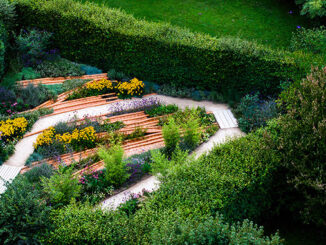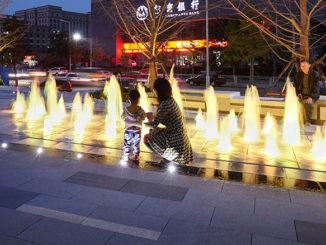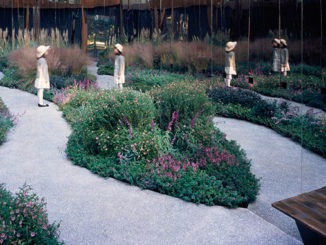Prominently located at the front door of Moscow’s historic train station, the new Paveletskaya Plaza is poised to become the city’s next great urban park and public attraction. The innovative design collaboration by SWA/Balsley and 5+design won an invited international competition with a harmonious fusion of urban park with below-grade retail creating a new civic destination that will spark the public’s landscape imagination of 21st century city life in downtown Moscow.
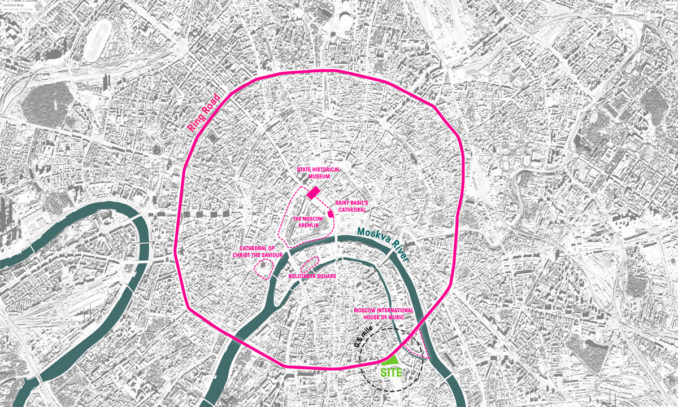
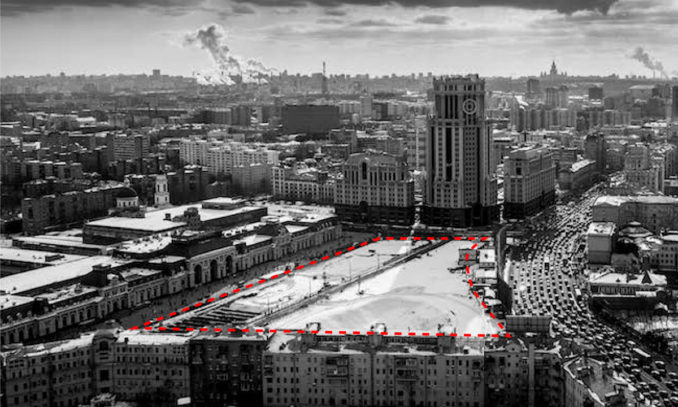
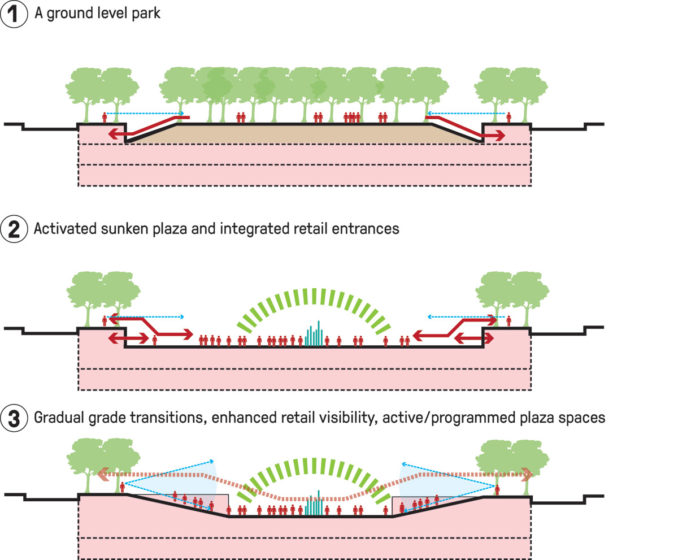
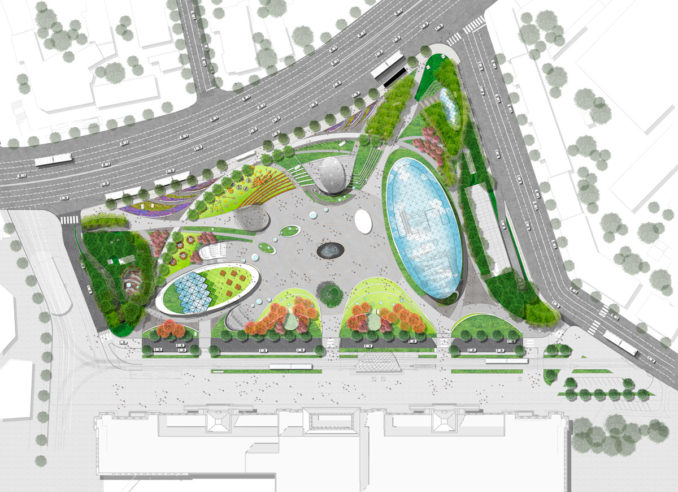
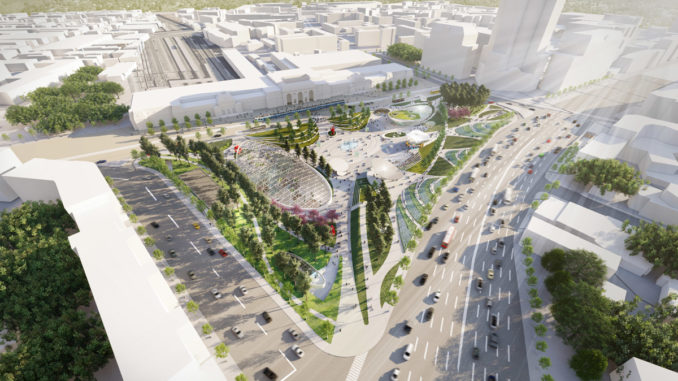
When built in 1900 by Russian architect Alexander Krasovsky, the historic Paveletsky railway station fulfilled a grand vision of connecting Russia’s Pavelets, or surrounding suburbs, to Moscow. It welcomed travelers into ornate interior concourses and a grand hall, and faced onto a garden square situated directly in front of the station. Over time, a new road bifurcated the park and siloed the iconic station from its surroundings. The design reestablishes this lost connection between the historic station and the ring road. Working within strict height limitations and view corridor regulations, the carefully sculpted park grades ensure a visual balance between the station and the iconic retail entrances. In addition, vehicular access on the northwest road will be limited, which will reclaim the pedestrian connection between the station and the plaza.
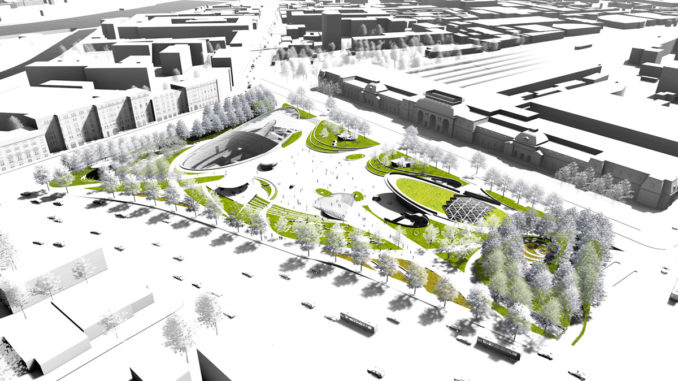
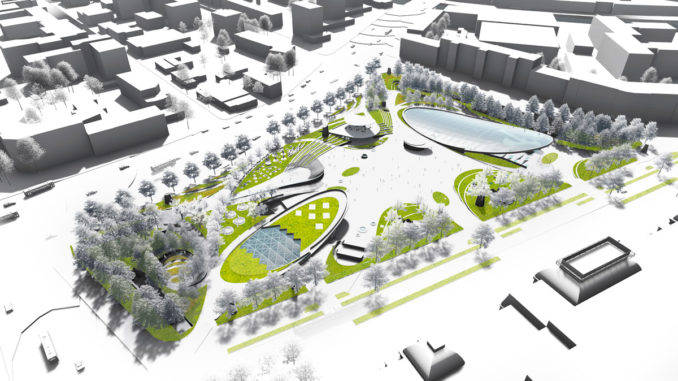
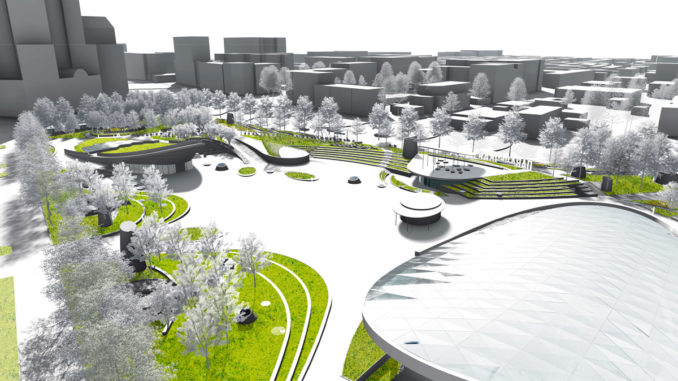
This remarkable park space features two iconic retail pavilion entrances that seem to emerge from the carefully sculpted parkscape; blurring the lines between public life at the central plaza and retail below. Open views from the street are preserved with sculpted landscape and lawn “shelves” that softly descend to a plaza teeming with urban life, restaurants, retail entrances, and activity throughout the seasons. The lawn terraces and their companion sculptural overlooks provide a wide range of opportunities for viewing casual daily activity or events.
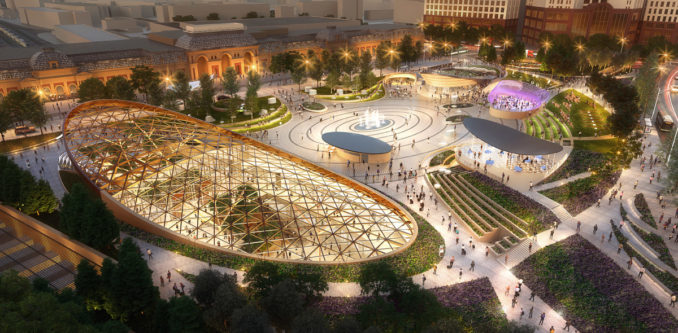
Long-term success for the park is tied to the robust public metro and transit activity as well as the carefully programmed and designed park venues that accommodate events of all types and sizes. The multi-purpose and flexible central plaza is designed to host performance fountain, stage, and ice rink is joined with an array of spaces and elements that foster a vibrant rhythm of urban life throughout the day, evenings, and seasons.
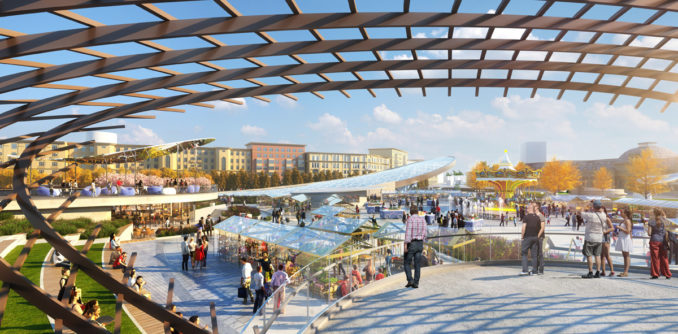
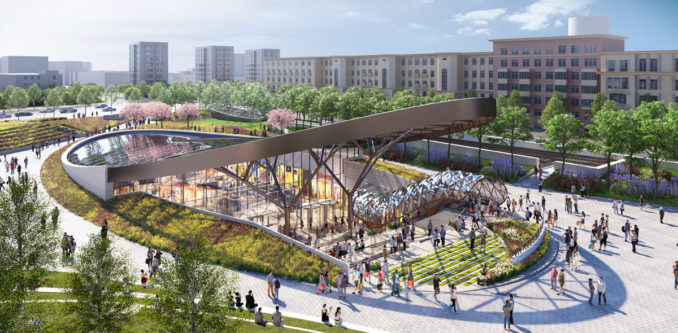
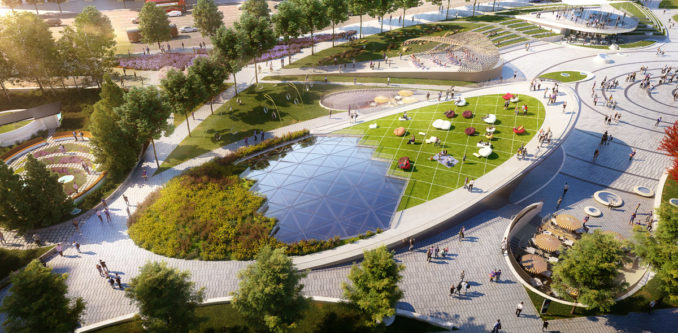
As the retail center is located primarily below-grade, the retail entrance pavilions are raised above ground to maintain a constant dialogue with the station and the park above. An iconic glass entrance canopy at the park’s east side is edged with landscape that extends from the park into the interior retail court below. To the west, a level change exposes a second entrance, nestled below a green lawn extending over its canopy. Here, a birch soffit cradles the cantilevering lawn and extends inside the arrival hall. Once inside, a mid-level landing provides dramatic views of restaurants across the atrium and multi-level food hall below.
The retail entrances are linked by two strands of lightwells at the plaza level that are integrated with planting, seating and sculpture. These lightwells allow daylight into the shopping interiors, and cast light up from the concourses at night, creating an exchange of illumination between the park and the retail below. A harmonious fusion of urban park and below-grade retail forum, the project will be a new civic destination that will spark the public’s landscape imagination of 21st century city life.
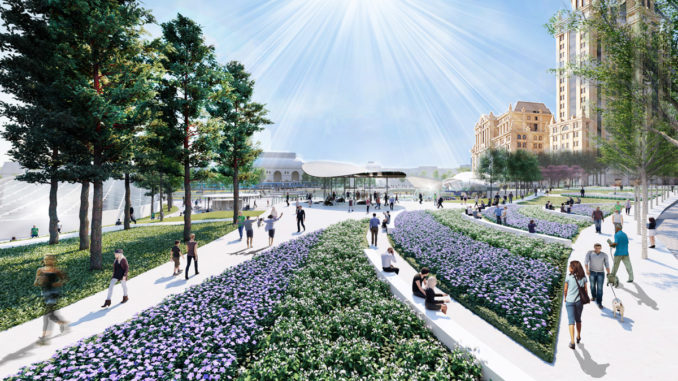
A Crescent Promenade connects the two retail pavilions and serves as an organizing armature for garden rooms, adult play lawns, and overlook plazas with sculptural follies. Verdant urban “forests” of tightly spaced native fir and birch trees make up the west and east flanks of the park through which narrow bench-lined paths and silent gardens have been carved.
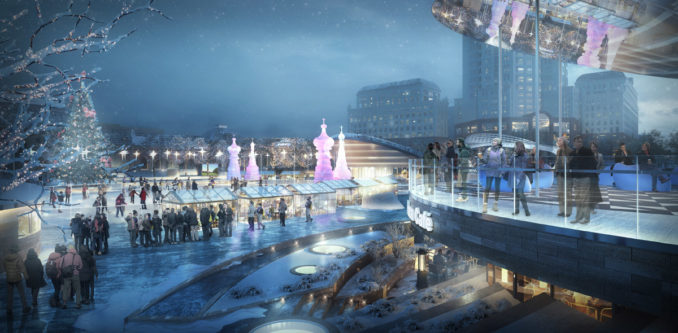
The design team was intent upon creating a unique “place” where a day-in-the-park can pause for shopping and a family shopping expedition is relieved with a dose of nature and public life for all ages.
Paveletskaya Plaza is a model of landscape urbanism and the unexpected benefits that can emerge from a borderless collaboration of park design disciplines and architecture.
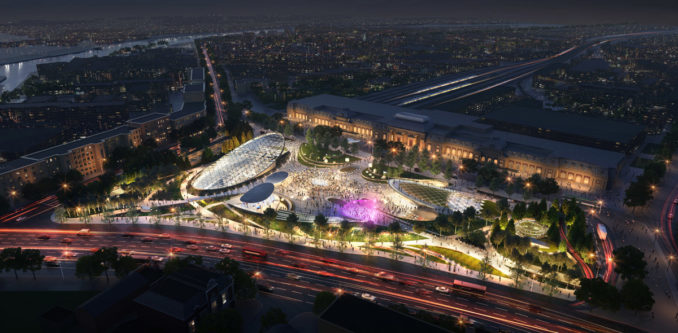
Landscape Architects: SWA/Balsley
Collaborators: 5+ design
Lighting Designers: ACT Lighting Design
Image Credits: Renderings courtesy SWA/Balsley and 5+design

